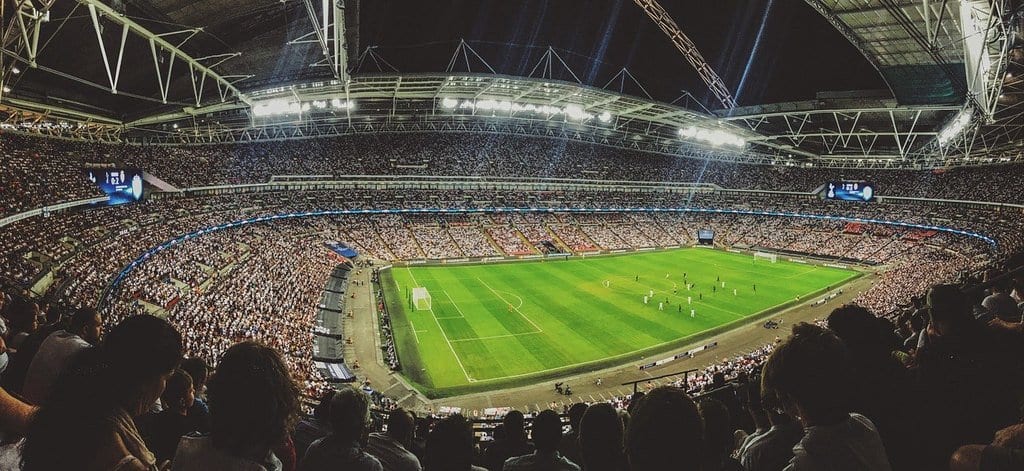*This article may contain product links which pay me a small commission if you make a purchase. Learn more.
Pressure is one of the best and worst parts of life as an athlete. To ever achieve the glory we play for, we need it. To vault ourselves into the spotlight, win games and championships, we need to conquer it. Pressure brings out the best and worst in players, and can be hard to manage, especially for young players. Mental training for sports is underutilized in American culture, so today let’s discuss how mental training can help athletes of any age better deal with pressure.
Mental Training For Athletes: Do We Need It?
I use the term “we” because I played two decades as a baseball pitcher, one of the toughest positions in one of the most cerebral sports. It’s tough not because it’s physically demanding (really, pitching is very specialized but not overly physical), but because the time-gap between pitches is ENORMOUS.

What’s the time-gap, and what does it have to do with pressure, you ask?
The Time-Gap In Sports: Your Brain’s Worst Enemy.
Athletes of all sports play their best when they simply react to plays on the field, court, or diamond. In practice, where this is no consequence for losing (except perhaps a loss of rank in the depth chart), it’s easy to go what a player knows how to do. Without anything interrupting a player mentally, he or she can react to the ball handler, to the starting gun, to the offense or defense.
When we practice effectively, our body learns what to do instinctively and reactively. We “See ball, hit ball.” We read the defense and bust through the line. We run right then juke left. We do all these things because we trained our bodies to do so.

But when we have downtime – such as lining up a golf shot, waiting to kick a field goal, or determining which pitch to throw…it gives our brain time to internalize the stakes, outcomes, consequences, gravity and pressure of a situation. THIS RUINS PERFECTLY GOOD ATHLETES.
When we look down from atop a tall building, we suddenly get wobbly as the fear of falling invades our muscles. We can’t think about walking or standing, we can only think about falling.
How the Time Gap Relates to Pressure
Pressure is internalized in timegaps. We have a moment to ourselves to say,
Wow! This is a BIG situation!
When we have that moment where we realize:
- I can win the game right now
- I can lose the game right now
- Everyone is counting on me
- I’ll be embarrassed if I do X
- I’ll be embarrassed if I don’t do Y
- That scout is watching me
- I really need to do well today.
- I stunk last time, I need to redeem myself
- …and the list goes on.
When we have that moment, we are lost. We start thinking more about winning, losing and outcomes more than we think about the task at hand that we have actual control of. Mental training helps us get the power back.
When we get wrapped up in outcomes, winning and losing…we as athletes are lost
Pressure is Easier to Cope with When We Have a Mental Training Practice.
If you don’t have time right now, bookmark the video below (subscribe to my YouTube channel to do this easily) and watch it when you have a moment. It’s 10 minutes but definitely worth your time.
In it, I go in-depth about the different factors involved in pressure and how we can deal with them in a more positive way.
Did This Article Help? Leave a Comment.
And, check out my full mental skills course, The Resolute Athlete. It’s 40 videos that will take any athlete (also great for teams) to the next level. The mental game is huge.
